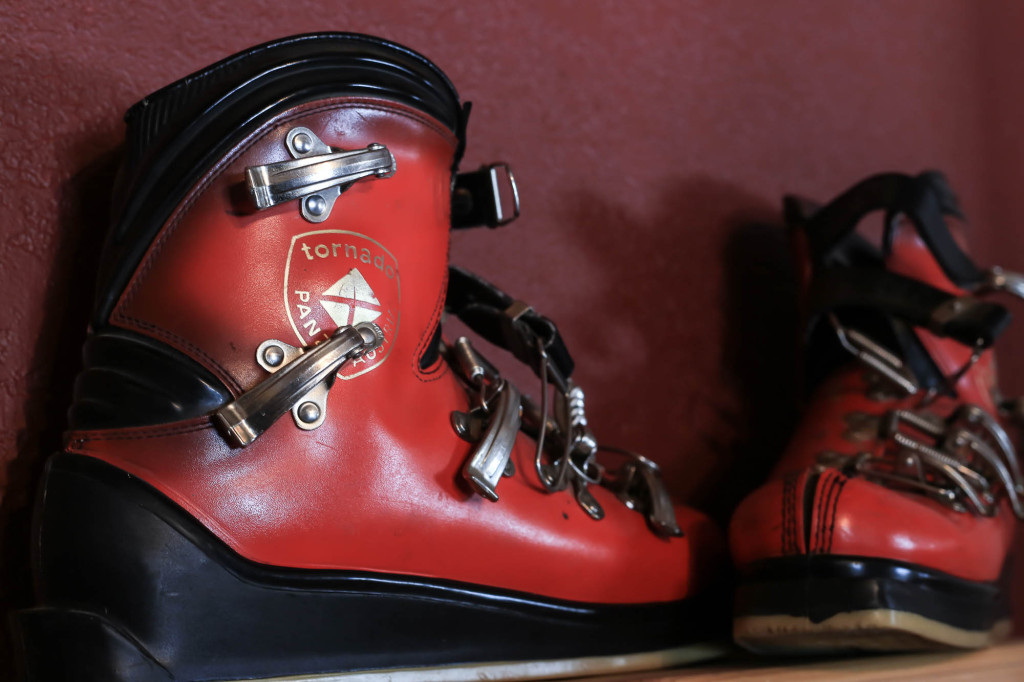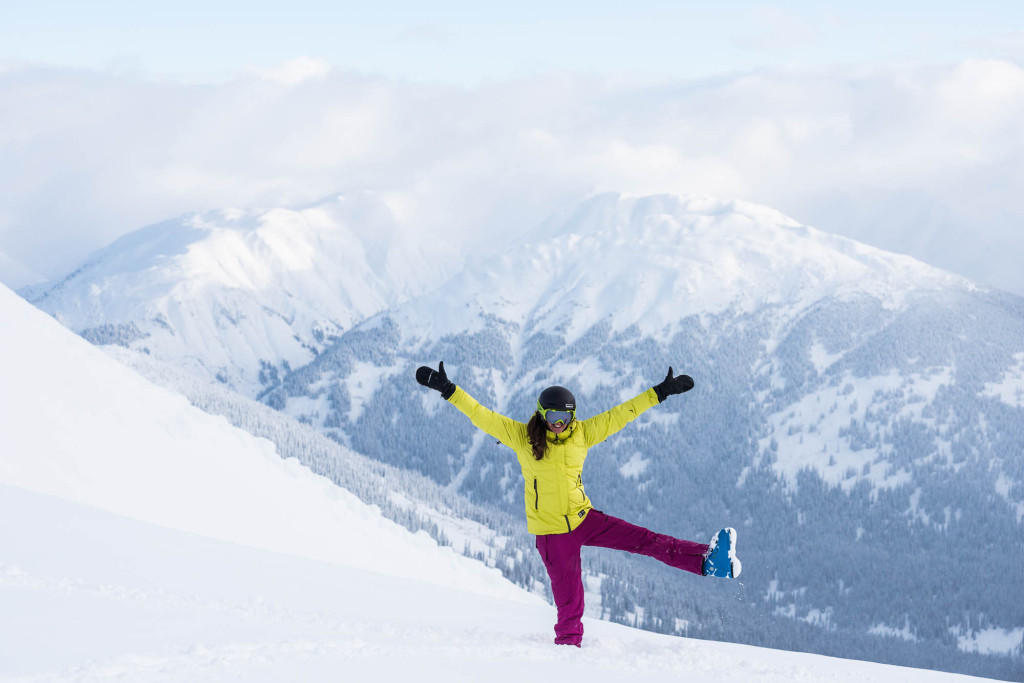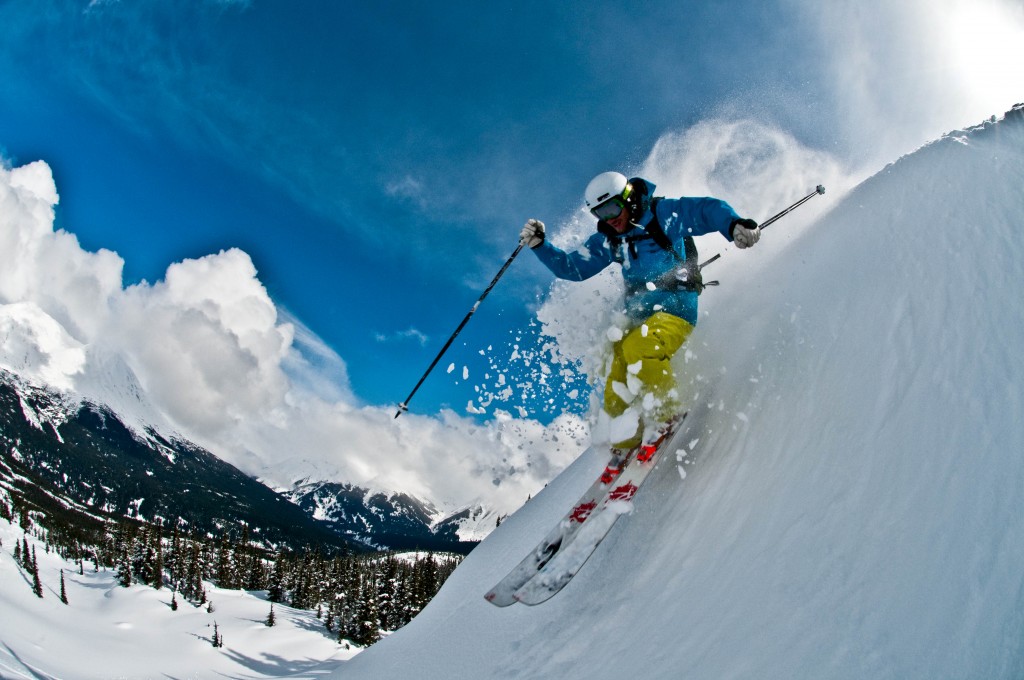Heli Ski Gear: Ski Boots
Everyone has a favorite pair of ski boots, and it is common knowledge that one person’s perfect pair may result in blisters for another. With that in mind, here is a short guide to get you in the know, with regards to foot shape, boot sizing, and best fitting practices. Don’t let ill-fitting boots ruin your dream heliskiing vacation in northern BC.

Feet aren’t the prettiest of things at the best of times, and come in a huge range of shapes and sizes. This is ultimately a tricky issue for both ski boot manufacturers, and for prospective buyers as well. We fully endorse supporting your local ski shop, and this is the best place to buy boots. Try on as many as you can, and try not to get swayed by flashy colors or an apparent bargain. Your boots will become the most important part of your skiing arsenal and are one heliski expense you should always be happy to face. Boots can be your best friends, or, if unwisely chosen, your worst enemies, so choose carefully.
Ability Level
As with most skiing hardware, boots are divided into categories to suit skiers of different levels. A beginner should look to get a boot designated as ‘Comfort Fit’, something that has a softer flexing shell, and will be used only two or three times in a season. Extra toe space, a high volume shell shape, and warm liners are features common to ‘Comfort Fit’ boots. We wouldn’t recommend these for heliskiing!

Photo: Dave Silver
Intermediate, advanced and expert skiers, the kind who come to ski with us at Last Frontier, should look towards either a ‘Performance’ or ‘High Performance Fit’ boot. These boots are a lot snugger than the ‘Comfort Fit’ boots, and have a much greater stiffness. Although a degree of comfort is lost, this is traded for a higher level of control, instant response, and improved steering capabilities. A suitable break-in period is generally required for these higher end models, and customization for the most precise fit is encouraged.
Fitting
Once you have calculated your skier profile, if you have decided on purchasing through an Internet retailer, it is vital that you now measure your feet correctly. A correctly fitting ski boot should be snug, but not painful. Any painful pressure points are a sign of a poorly fitted boot. A tight grip around the ball of your foot, bottom of the heel, and lower calf, with the correct flexion determined by ski ability and weight, will give best results.

Many manufacturers, to determine the size of ski boots, now commonly use the Mondopoint system. This is the length of the foot, from the front of the toes to the base of the heel, in centimeters. Next determine your feet’s volume. The wider your feet, higher your arch and bigger your ankles are, the more volume you will require from a boot.
The ski boots forefoot width, or ‘last’ is easily determined, and is basically the widest point of your foot. An average forefoot width is 100 millimeters; although a couple of millimeters either side of this measurement will drastically alter the fit of the boot.
Lastly, the cuff shape corresponds to the size and shape of your calves. Matching the cuff shape of the ski boot to the shape of your calf is just as important as any other area. The calves are very load bearing during skiing, so any initial niggles may grow over time, causing discomfort and hampering skier performance.
Many forms of customization are available, from the increasingly popular thermo-mouldable or heat-mouldable liners, to cuff alignment and canting. For more information about these, or other boot fitting requirements, we recommend you visit your local ski shop.
Heli Skiing, Heliskiing, Heli Ski, Heliski, Heli Skiing Tour, Heli Skiing Holiday, Heli Skiing BC, Heli Skiing Resorts, Heli Skiing Lodges


